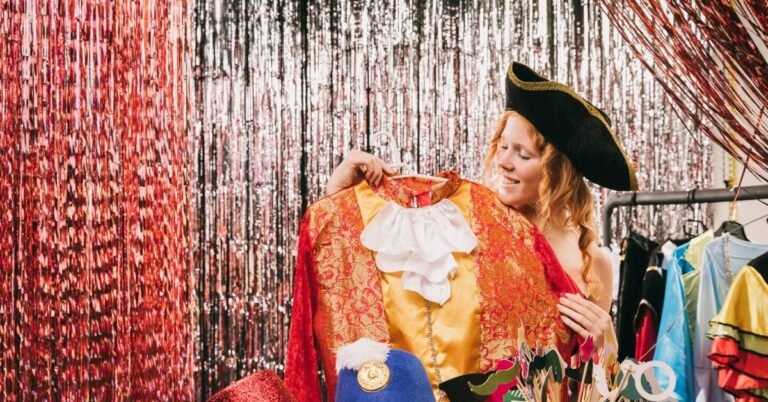Hispanic holidays provide a colorful and vibrant expression of cultural heritage deeply rooted in rich traditions and historical significance. These celebrations are not merely festivities; they embody an artistic expression that links past generations with the present. Participating in Hispanic holidays offers a unique insight into the values and beliefs of Hispanic communities, bringing people together through shared rituals and joyful gatherings.
Across the globe, Hispanic celebrations are recognized for their vibrancy and the joyous atmosphere they create. Whether it’s the reverence of Día de los Muertos or the communal spirit of Las Posadas, these holidays are manifestations of cultural identity, offering a tapestry of traditions that captivate the imagination and warm people’s hearts everywhere.
Introduction to Hispanic Holiday Traditions
The beauty of Hispanic holiday traditions lies in their ability to preserve cultural heritage while fostering a sense of community. These celebrations are more than just time markers; they are vibrant expressions of cultural identity that honor historical events, religious beliefs, and familial bonds deeply embedded in Hispanic culture. Engaging in these traditions helps maintain cultural narratives and enables future generations to keep the spirit of their heritage alive.
The Origin and Significance of Hispanic Celebrations
Hispanic holidays have evolved over centuries, shaped by both history and tradition. Many of these celebrations have their roots in religion, particularly Christianity, which Spanish colonizers across Latin America introduced. Over time, indigenous customs and European traditions have fused to create a unique hybrid culture, imbuing these holidays with a rich diversity. The blending of these diverse beliefs and practices exemplifies the adaptability and resilience of Hispanic culture.
Popular Hispanic Holidays Across the Americas
Día de los Muertos
One of the most renowned Hispanic celebrations, Día de los Muertos, also known as Day of the Dead, takes place on November 1st and 2nd. This holiday honors deceased loved ones with offerings of food, flowers, and candles. These items are placed on altars, known as ofrendas, which are meticulously decorated with care and devotion. This tradition originates in pr-Columbian cultures, and today, it is a vibrant celebration synthesizing indigenous and Catholic traditions.
Las Posadas
Las Posadas is another cherished holiday celebrated in the days leading up to Christmas. This tradition reenacts Mary and Joseph’s journey as they seek shelter in Bethlehem. Communities participate in candle-lit processions that symbolize the search for lodging, complete with singing carols and enjoying festive feasts in homes across neighborhoods. The story-telling form of Las Posadas brings to life themes of hope, charity, and solidarity.
Traditions and Customs to Embrace
Each Hispanic holiday is accompanied by various unique traditions that vary by region. For instance, many families will light candles and decorate altars for Día de los Muertos, while others may engage in lively parades and reenactments during Las Posadas. These customs offer a rich insight into the priorities and values of the communities that observe them, creating a shared sense of identity and continuity over generations.
Festive Foods That Delight the Senses
No Hispanic holiday is complete without culinary delights. Traditional foods are central to these festivities, making celebrations a feast for the soul and the senses. From savory tamales and enchiladas to sweet treats like churros and pan dulce, these dishes are shared in communal settings, reinforcing the social fabric that binds families and friends together. Food is a universal language of celebration that enhances the festive spirit, creating cherished memories long after the holidays have passed.
Music and Dance in Hispanic Celebrations
The vibrant music and dance are integral parts of Hispanic celebrations. Traditional music genres, from the lively beats of mariachi to the passionate flamenco rhythms, set the scene for dancing and revelry. These art forms go beyond entertainment; they are integral to Hispanic communities’ cultural expression and identity, invigorating celebrations with energy and joy that invite everyone to join in the merriment.
Integrating Hispanic Traditions in Multicultural Settings
In today’s increasingly interconnected world, countless opportunities exist to celebrate and incorporate Hispanic traditions within multicultural settings. Schools, community centers, and workplaces can serve as platforms to host cultural events, creating spaces for dialogue and understanding. These occasions provide an opportunity to celebrate diversity and foster inclusion, allowing individuals from different backgrounds to come together and appreciate the rich cultural tapestry offered by Hispanic holidays.
Conclusion: Embracing the Colorful Tapestry of Hispanic Holidays
Hispanic holiday celebrations are a vibrant and integral part of cultural life, offering a window into the values and history that define Hispanic communities. By embracing these traditions, we honor a rich heritage and promote cultural understanding and appreciation across borders. These celebrations inspire joy, unity, and a greater appreciation of the Hispanic holiday tradition’s colorful tapestry. Participating and learning foster a greater appreciation and understanding of cultural diversity, making the world more prosperous and inclusive.

